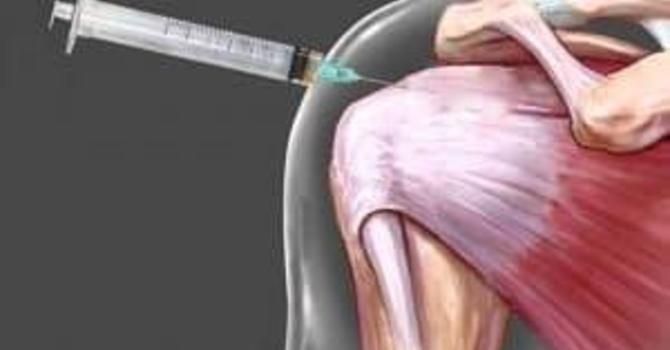Elbow Pain Can Be Very Frustrating To Manage During Workouts, Sports, and Daily Life.
Elbow pain can be caused by several reasons including repetitive stress, poor biomechanics, trauma, sports-related injuries, and more
If you have Elbow Pain, Strength & Spine is the place for you
Extremity injuries like the elbow are some of the most common injuries we examine and treat.
The elbow is a hinge joint that is made up of the humerus, ulna, and radius. It is a structure that works together meant to be one of the most stable joints in your body, so any instability or injury to the area can impact athletic or daily performance.
The elbow joint itself also works in conjuction with the shoulder and wrists joints to dynamically allow your arm to utilize its full range of motion. Your elbow wouldn’t work at all without the various soft tissues that hold it in place, including the ligaments, cartilage, tendons, and lubricating synovial fluid.
Elbow injuries are most common in baseball, tennis, golf, and weight-lifting so determining the root cause of your pain and dysfunction is critical to not only treating you but also returning back to play.
Common Elbow Injuries Treated
- UCL Sprain
- Tennis Elbow
- Golfer's Elbow
UCL Sprain
One of the most common elbow injuries we evaluate and treat
Ulnar collateral ligament (UCL) injuries of the elbow joint have become common among overhead throwing athletes, particularly baseball pitchers. A sprain means damage to the ligament while a strain means damage to the muscle or corresponding tendon. This is due to the extremely high force that is dissipated through the elbow while throwing.
One of the first things a clinician should do is assess if there is a UCL sprain and if there is excessive pain and clicking an MRI may be needed to rule out a complete UCL tear. If there is no tear, then conservative care is warranted and a moderate sprain can be treated in 2-6 months.
The goal is to decrease pain and muscular tightness while speeding up recovery utilizing the modalities we have. This allows our strength and endurance of the affected area to increase while addressing potential leaks in the kinetic chain that may be resulting in the excessive stress on the elbow.
Treatment includes
- Shockwave therapy
- Winback Tecar therapy
- Acupuncture
- Quality Focused Rehab
Tennis Elbow
Also called Lateral Epicondylopathy
Tennis elbow refers to acute irritation to the outside or lateral aspect of the elbow and forearm that causes pain. The extensor compartment of the forearm taking a beating through excessive gripping and pronation of the hand that wears overcomes the integrity of the affected tissue.
This used to be thought of as an inflammatory condition but this is false as there is no swelling with this condition and newer research has attributed this pain from degeneration, or wearing down, or the affected tendons. This is especially true of people who have had this pain for years with little to no treatment given as the mechanism of injury is repetitive micro-tearing and failed healing response that leads to more degeneration and it can become a vicious cycle.
Shockwave therapy (ESWT) and IASTM have been proven to have the best results for people who have tennis elbow as it allows a window of opportunity to perform eccentric and isometric-focused rehab as that is the root of the problem. The most important part is effectively managing the load to decrease your pain while increasing the integrity of the area to limit the chances of reinjury.
Golfer's Elbow
Also called Medial Epicondylopathy
Golfer's Elbow refers to medial elbow pain when the the musculotendinous insertion on the medial epicondyle becomes irritated and painful after rapid, acute increases in load. This is typically causes by repetitive strain of the flexor compartment of the forearm.
It is important to differentiate this condition from other medial elbow pain like UCL sprain, median nerve entrapment, or flexor strains. Golfer's elbow is not as common as Tennis elbow and when treated optimally can resolve in 2-4 weeks.
Treatment commonly involves one or a combination of:
- Shockwave therapy
- Soft tissue therapy
- IASTM (instrument assisted soft tissue mobilization)
- Reduce load for the time being by >50%
- Use heat, not ice
- Strengthen, not stretch the affected area
- Eccentric-focused exercises



